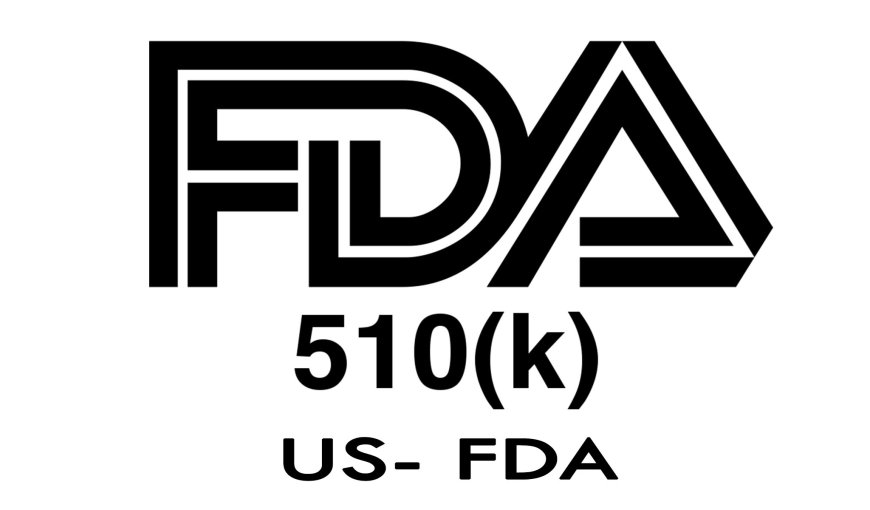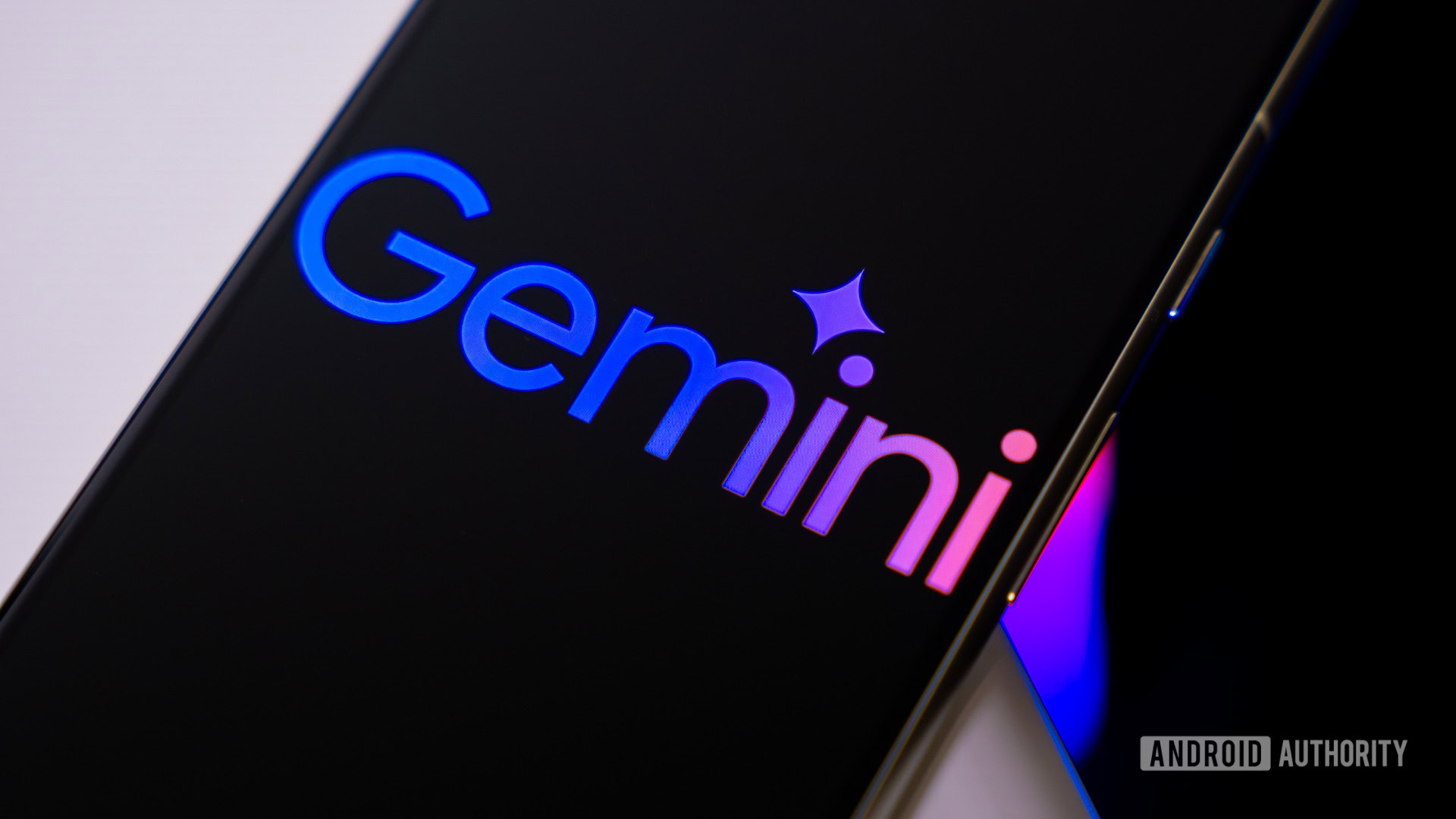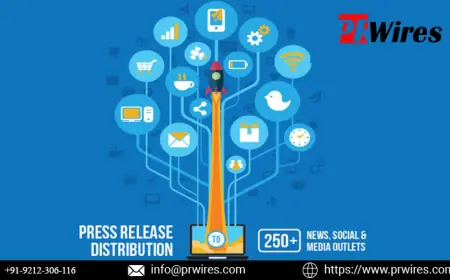12 Steps to Navigate the 510(k) Clearance Process Efficiently
Understanding pet food registration, device classification, FTC regulation, and FSVP is crucial for pet food businesses. Learn everything you need to know here.

The 510(k) clearance process is a critical pathway for medical device manufacturers seeking to bring new products to market in the United States. The complexity of the process necessitates a thorough understanding and strategic approach to ensure compliance and efficiency. Engaging a specialized 510(k) attorney or FDA Attorney can significantly enhance the chances of a smooth and successful clearance. This article outlines twelve essential steps to navigate the 510(k) process effectively.
Step 1: Understand the 510(k) Process
The first step in navigating the 510(k) clearance process is to thoroughly understand what it entails. The 510(k) process is a premarket submission made to the FDA to demonstrate that a device is at least as safe and effective, that is, substantially equivalent, to a legally marketed device. A 510(k) attorney or FDA lawyer can provide invaluable guidance by explaining the nuances of the process and the regulatory requirements involved.
Step 2: Determine Device Classification
Classifying your medical device correctly is crucial. Devices are categorized into three classes (I, II, and III) based on the risk they pose to patients and the level of regulatory control required. Class I devices are low-risk and subject to the least regulatory controls, while Class III devices are high-risk and require the most regulatory oversight. Engaging an FDA lawyer can help ensure accurate classification, which is foundational for determining the appropriate regulatory pathway.
Step 3: Conduct a Predicate Device Search
A predicate device is a legally marketed device to which your new device can be compared to demonstrate substantial equivalence. Conducting a thorough search for an appropriate predicate device is essential. An experienced 510(k) attorney can assist in identifying suitable predicates, thus streamlining the comparison process and ensuring your submission meets FDA requirements.
Step 4: Prepare a Comprehensive 510(k) Submission
The 510(k) submission must be comprehensive and meticulously prepared, including all necessary documentation and evidence to support the claim of substantial equivalence. This includes device descriptions, intended use, technological characteristics, performance data, and labeling. An FDA lawyer can help compile and review these documents to ensure they are complete and comply with FDA standards.
Step 5: Perform Required Testing and Data Collection
Testing and data collection are critical components of the 510(k) submission. This may include bench testing, biocompatibility testing, and clinical data, depending on the device type and classification. Ensuring that all tests are conducted according to FDA guidelines is imperative. An FDA lawyer can advise on the specific tests required and ensure that the results are accurately documented.
Step 6: Develop and Implement a Quality Management System
A robust Quality Management System (QMS) is necessary to ensure that your device consistently meets regulatory requirements and quality standards. The QMS should cover all aspects of design, manufacturing, and distribution. An experienced FDA lawyer can assist in developing and implementing a QMS that complies with FDA regulations, thus enhancing the overall quality and safety of your device.
Step 7: Engage with the FDA Early and Often
Maintaining open communication with the FDA throughout the 510(k) process can preempt potential issues and expedite clearance. Early engagement allows for feedback and clarification on regulatory expectations. A 510(k) attorney can facilitate these interactions, ensuring that communications are clear and productive.
Step 8: Address FDA Feedback Promptly
The FDA may provide feedback or request additional information during the review of your 510(k) submission. Addressing this feedback promptly and thoroughly is essential to keep the process moving forward. An FDA lawyer can help interpret the FDA's requests and guide you in preparing appropriate responses.
Step 9: Monitor and Document All Processes
Throughout the 510(k) process, it is crucial to monitor and document all activities and decisions. Detailed records support compliance and can be invaluable in case of audits or inspections. An FDA lawyer can help establish a documentation system that ensures all necessary records are maintained and easily accessible.
Step 10: Prepare for Potential Challenges and Delays
Despite thorough preparation, challenges and delays can occur. Being prepared to address these issues promptly can minimize their impact. An experienced 510(k) attorney can provide strategies for overcoming common obstacles and navigating any unforeseen difficulties that arise during the process.
Step 11: Finalize and Submit the 510(k) Application
Once all necessary information and documentation are compiled, the final step is to submit the 510(k) application to the FDA. Ensuring that the submission is complete and formatted correctly is crucial for avoiding delays. An FDA lawyer can review the final submission to ensure it meets all requirements and standards.
Step 12: Post-Submission Follow-Up and Compliance
After submission, continuous follow-up is essential to monitor the status of your application and address any further requests from the FDA. Additionally, maintaining compliance with FDA regulations after clearance is critical for ongoing market approval. A 510(k) attorney can assist with post-submission follow-up and ensure that your device remains compliant with all regulatory requirements.
Conclusion
Navigating the 510(k) clearance process can be complex and challenging, but following these twelve steps can help ensure a smooth and efficient journey. Engaging a specialized 510(k) attorney or FDA lawyer can provide expert guidance, helping you avoid common pitfalls and successfully bring your medical device to market. With thorough preparation, clear communication, and diligent compliance, you can achieve a successful 510(k) clearance and contribute to the advancement of medical technology.
The Role of a 510(k) Attorney or FDA Lawyer
Navigating the regulatory landscape of medical devices is not only complex but also requires a deep understanding of legal and procedural intricacies. This is where the expertise of a 510(k) attorney or FDA lawyer becomes invaluable. Here’s how these professionals can assist throughout the 510(k) clearance process:
Expert Guidance and Strategic Planning
A 510(k) attorney can provide expert guidance on the overall strategy for your submission, helping you understand regulatory requirements and anticipate potential challenges. Their experience with similar devices and familiarity with FDA expectations can help you create a more effective and streamlined submission plan.
Ensuring Compliance with Regulatory Standards
Compliance with FDA regulations is non-negotiable in the 510(k) process. An FDA lawyer ensures that all aspects of your submission, from testing protocols to documentation, meet the required standards. They can also help you stay updated with any changes in regulations that may affect your submission.
Efficient Predicate Device Identification
Identifying a suitable predicate device is a critical step in demonstrating substantial equivalence. A 510(k) attorney can leverage their experience and resources to conduct a thorough search, saving you time and ensuring that the selected predicate is appropriate for your device.
Comprehensive Documentation Review
The 510(k) submission requires extensive documentation, including detailed descriptions, performance data, and labeling. An FDA lawyer can review these documents to ensure they are complete, accurate, and compliant with FDA guidelines, reducing the risk of delays or rejections.
Effective Communication with the FDA
Interacting with the FDA can be daunting, especially for those unfamiliar with regulatory language and procedures. A 510(k) attorney can act as your representative, facilitating clear and effective communication with the FDA, and ensuring that any questions or concerns are addressed promptly and accurately.
Handling FDA Feedback and Requests
Responding to FDA feedback and requests for additional information is a critical aspect of the 510(k) process. An FDA lawyer can help you interpret these requests and provide guidance on how to respond effectively, ensuring that your submission continues to progress smoothly.
Post-Submission Support and Compliance Monitoring
After your 510(k) submission is approved, maintaining compliance with FDA regulations is essential for the continued marketability of your device. A 510(k) attorney can provide ongoing support, helping you navigate any post-clearance requirements and ensuring that your device remains in compliance with all regulatory standards.
Real-World Case Studies
To illustrate the importance and benefits of engaging a 510(k) attorney or FDA lawyer, consider the following real-world case studies:
Case Study 1: Small Start-Up Success
A small start-up company developed an innovative medical device but had limited experience with the FDA’s regulatory process. They engaged a 510(k) attorney early in the development phase. The attorney provided strategic advice on device classification, helped identify a suitable predicate device, and ensured that all testing and documentation were completed according to FDA standards. As a result, the company received 510(k) clearance on their first submission, allowing them to quickly bring their product to market and attract investors.
Case Study 2: Overcoming Regulatory Hurdles
A mid-sized medical device manufacturer encountered significant challenges when their initial 510(k) submission was met with multiple FDA requests for additional information. Frustrated by the delays, they hired an FDA lawyer to review their submission and address the FDA’s concerns. The lawyer’s expertise in regulatory requirements and effective communication with the FDA helped resolve the issues efficiently. The revised submission was approved, and the company was able to launch their device successfully.
Case Study 3: Ensuring Long-Term Compliance
A large medical device company with multiple products on the market faced an FDA audit that uncovered several compliance issues. They engaged an FDA lawyer to help address the audit findings and implement a robust Quality Management System (QMS) to prevent future issues. The lawyer’s guidance not only resolved the immediate compliance problems but also improved the company’s overall regulatory processes, ensuring ongoing compliance and reducing the risk of future regulatory challenges.
Final Thoughts
The 510(k) clearance process is a vital step for medical device manufacturers seeking to enter the U.S. market. While it is a complex and demanding process, following a structured approach and engaging the expertise of a 510(k) attorney or FDA lawyer can significantly enhance the likelihood of success. These professionals bring invaluable knowledge and experience, helping you navigate the regulatory landscape efficiently and effectively. By adhering to the steps outlined in this article and leveraging expert legal support, you can achieve 510(k) clearance and contribute to the development of innovative medical technologies that improve patient care.
What's Your Reaction?
 Like
0
Like
0
 Dislike
0
Dislike
0
 Love
0
Love
0
 Funny
0
Funny
0
 Angry
0
Angry
0
 Sad
0
Sad
0
 Wow
0
Wow
0















































